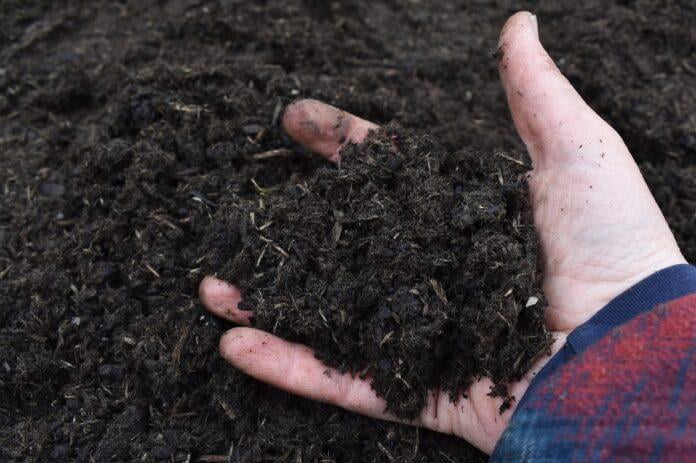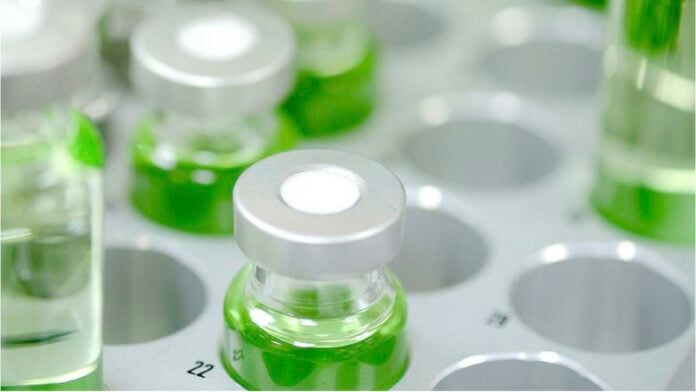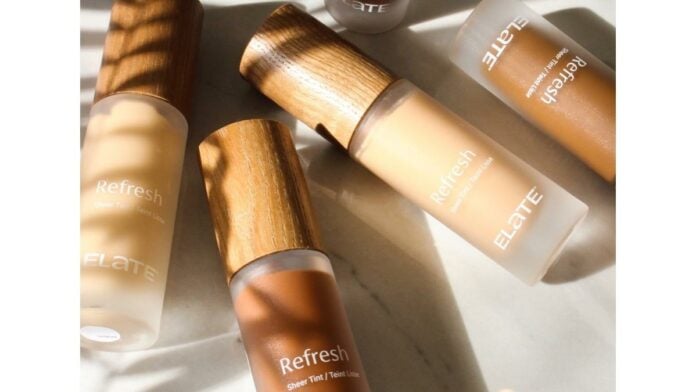From October 2 to 4, 2023, ribbon specialist Satab will be showcasing its made-in-France expertise in packaging at the Luxe Pack trade show in Monaco.
To meet the expectations of the packaging market and help its customers make the transition to more environmentally-friendly packaging, Satab offers its wide Respect Line range of eco-responsible ribbons made from biodegradable materials sourced from short supply chains.
Already featuring linen ribbons certified Masters of Linen, guaranteeing the traceability of premium linen grown in Europe, and FSC Tencel ribbons, ecological and biodegradable fibers created from wood pulp, the Respect Line collection now includes a new range of paper ribbons.
In addition to the natural elegance of cords, tubular braids, tricotines and herringbone woven from paper yarn, these new products enable the design of single-material packaging for easy future recycling.
Integrating all manufacturing stages at its production site in the Haute-Loire region, Satab offers not only a wide range of products, but also customized solutions to meet customer expectations. The company adapts to the requirements of each specification, in terms of manufacturing, finishing and packaging.
By further expanding its 29-strong Respect Line collection, Satab is helping the gastronomy, wine and spirits, cosmetics, jewelry, perfume, fashion and home decoration sectors make the transition to more environmentally-friendly packaging.
Single-material packaging with paper ribbon
To meet consumer expectations in terms of environmental impact, the packaging sector is looking for solid, reliable materials, favoring single-material combinations that are easier to recycle.
Paper ribbon meets the needs of the packaging market: chevron defines the handle of a shopping bag, cord attaches a sheet of food packaging, tubular braid defines a bow or a decorative ribbon, adorns a perfume pack or a piece of jewelry, knitwear attaches a label to a garment, etc.
This new range, combining aesthetics and practicality, favors 100% paper packaging.
Single-material packs, easy to recycle in a single sorting bin, enable a new life cycle for the entire packaging. The packaging is not only more responsible, as it is infinitely recyclable, but also 100 % biodegradable.
Linen ribbons, the guarantee of a plant-based textile
The linen used by Satab in the manufacture of its ribbons is Masters of Linen certified. This certification guarantees the traceability of linen produced by European companies (France, Belgium, Netherlands), using environmentally-friendly farming methods, without irrigation or GMOs. Benefiting from a climate, a terroir and unique know-how that cannot be relocated, its cultivation guarantees natural retting of the plant and a first processing stage that is 100 % mechanical and zero waste.
Thanks to the expertise of Satab's stationers, weavers and textile engineers, linen is sublimated into taffeta, herringbone, needlepoint or shuttle grosgrain to become bag handles or wide decorative ties. Linen cords, depending on their thickness, can be used as drawstrings, ties or ornaments, and are also biodegradable.
This new range of paper ribbons is designed to serve all packaging sectors: fashion, luxury goods, jewelry, cosmetics, food, spirits...
Wood pulp at the origin of Tencel ribbons
FSC Tencel ribbons are made from ecological, biodegradable fibers created from wood pulp sourced from sustainably managed FSC forest plantations.
Tencel is a 100 % cellulosic man-made ecological fiber requiring very little water during manufacture. The softness of Tencel ribbons brings exceptional comfort to the user and are entirely biodegradable. Satab's Tencel taffetas, satins and grosgrain needles, available in several widths and colors, embellish packaging with suppleness and elegance.
The craftsman of innovation
In addition to its eco-responsible collection, Satab works with other materials to meet its customers' specifications. The Satab'Lab, which brings together R&D and marketing teams in a single innovation laboratory, creates tomorrow's products by working on the development of new materials and technical fibers, as well as new applications via smart textiles.
In order to create innovative packaging, the Satab'Lab team offers its customers support right from the development phase of their connected textile project.
The company's strength lies in its ability to combine traditional craftsmanship with industrial know-how.
Satab has the world's largest active fleet of traditional wooden shuttle looms, which have earned the company the EPV (Entreprise du Patrimoine Vivant) label. This fleet of exceptional machines enables the company to produce ribbons with perfect selvedges, weave high-quality jacquards and ensure the refinement of high-end products. The company also boasts a high-tech production facility, with modern automated looms offering a production capacity of 10 million meters of ribbon per week.
With a stock of over 40,000 items, the company also works with its designers to create customized ribbons, thanks to its mastery of all personalization techniques (printing, embossed, embossedless or holographic gilding, embossed silk-screening, glittering, moiréing, laser cutting, etc.).















